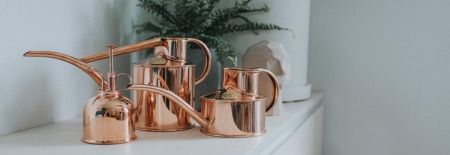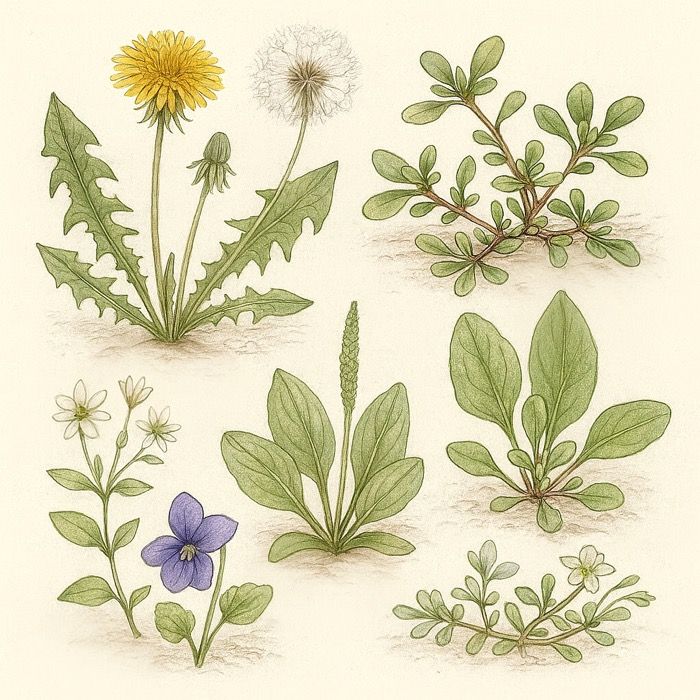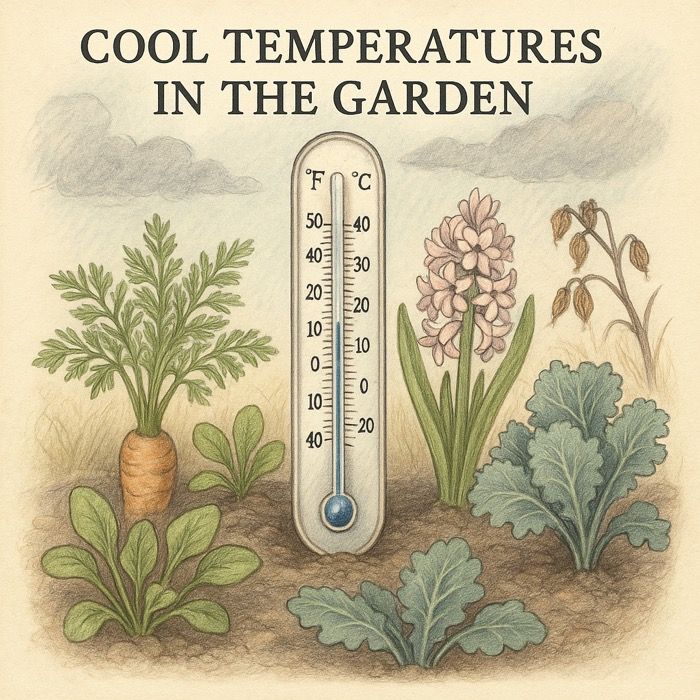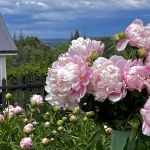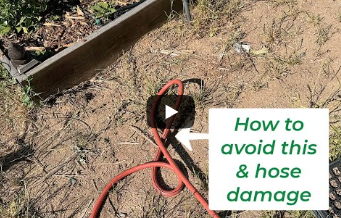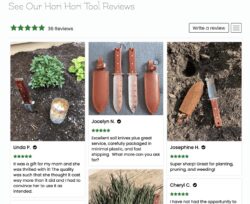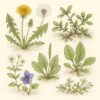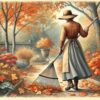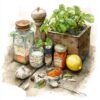Foraging for Superfoods: Your Backyard Pharmacy
By The Celtic Farm Master Gardener Series
The Unseen Pharmacy – A Backyard Awakening
Beneath your feet and between the cracks of the patio lies a forgotten world of natural medicine. Your own backyard may already be home to a hidden pharmacy — filled with powerful plants most of us dismiss as weeds. These resilient, nutrient-dense greens are nature’s original superfoods, offering nourishment and vitality long before supplements lined store shelves.
Before grocery stores and packaged nutrition, our ancestors turned to these wild edibles for food and healing. Dandelions aided digestion, plantain soothed skin irritations, and purslane provided a plant-based omega-3 boost. Yet today, we often pull them without a second thought. It’s time to rediscover what’s growing all around us — and turn these neglected greens into nourishing allies.
Identifying Your Green Gold
****Before you start foraging, follow this golden rule: When in doubt, leave it out. Misidentifying plants can be dangerous, so always verify with multiple reputable sources like field guides, plant ID apps, or local native plant databases. Consult cooperative extensions for regional specifics.
Here are three common backyard superfoods to start with:
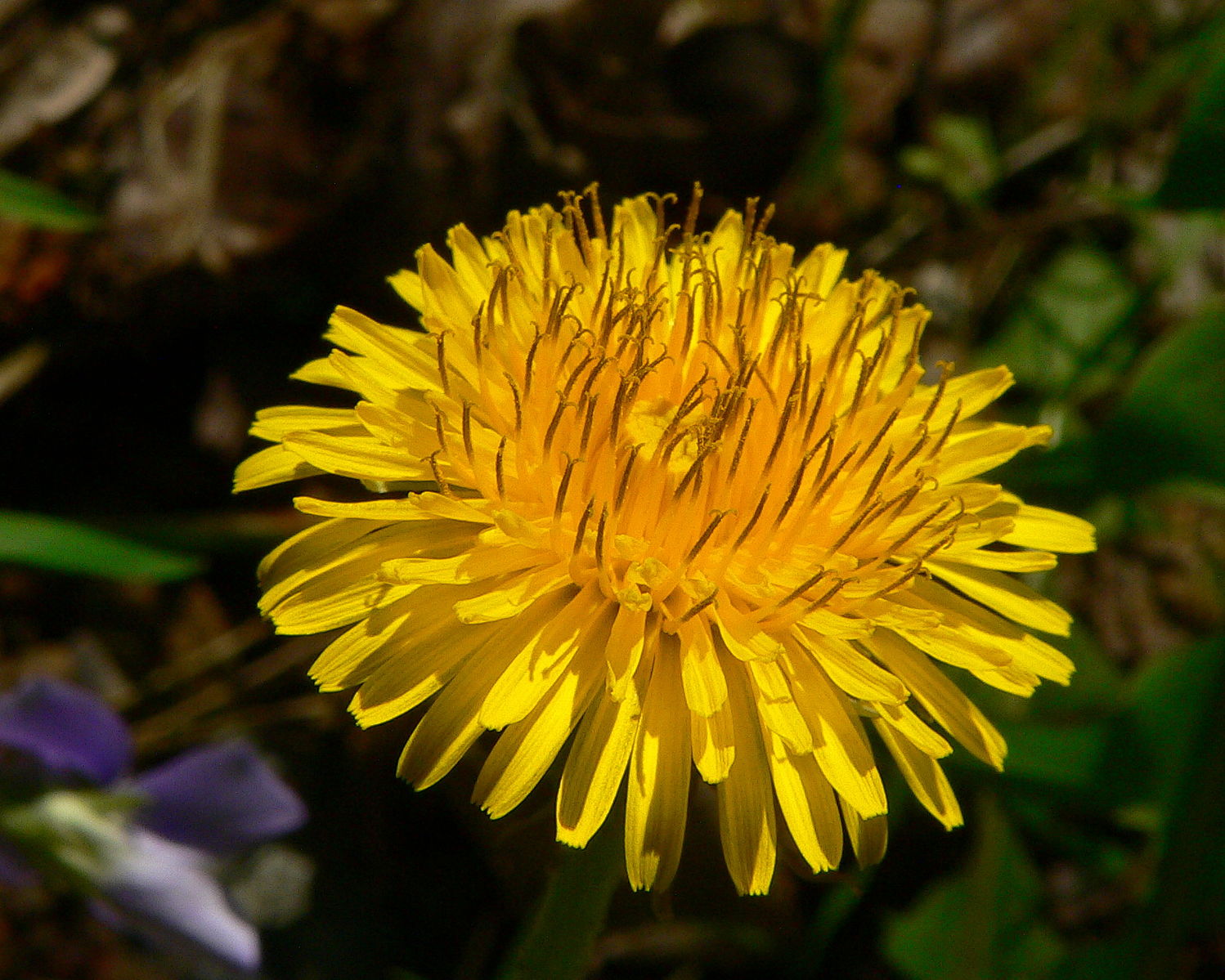
Dandelion (Taraxacum officinale) – Known for its sunny yellow flower, jagged lion-tooth leaves, hollow stem, and milky sap, this plant is edible from root to flower. Spring-harvested young leaves make a mild, bitter green for salads, while roasted roots brew into a caffeine-free coffee alternative with a rich, earthy flavor. Watch for look-alikes like cat’s ear, which has hairy leaves.
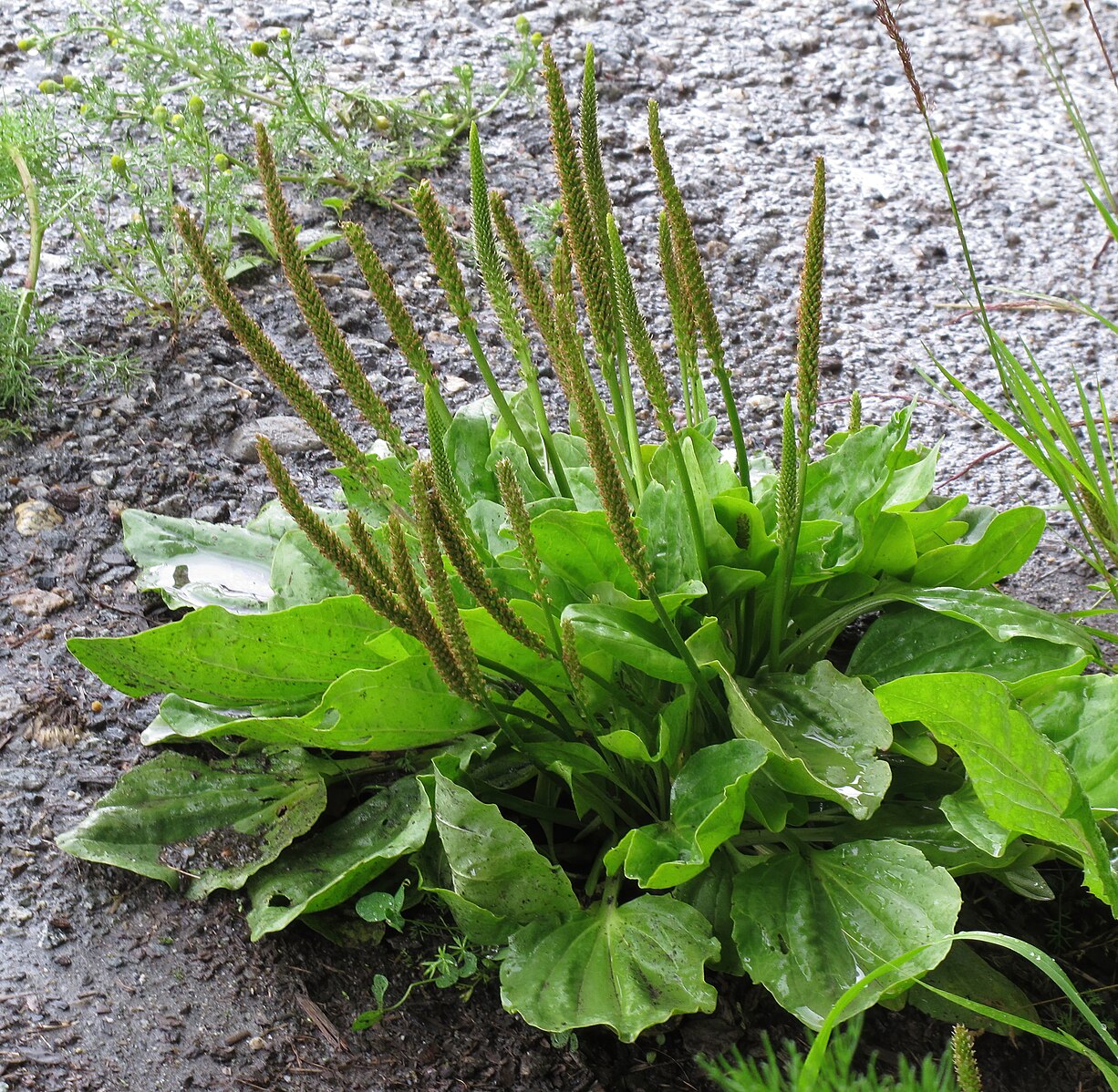
Plantain (Plantago major) – Often mistaken for a lawn weed, its broad, ribbed leaves grow low to the ground. When crushed and applied topically, plantain leaves soothe insect bites and minor burns, making it a go-to for backyard first aid. Look for its distinctive parallel leaf veins.

Purslane (Portulaca oleracea) – A low-growing succulent with reddish stems and paddle-shaped leaves, purslane thrives in sunny, dry areas, especially in summer. It’s a plant-based source of omega-3 fatty acids, plus vitamins A and C, with a tangy, lemony flavor perfect for salads. Check for its smooth, fleshy leaves to avoid similar-looking spurge, which has milky sap and is toxic.
When identifying plants, note leaf shape, flower color, stem texture, and growth habit. Take your time — details matter.
Harvesting & Preparing Your Wild Edibles
Responsible foraging ensures plants thrive for pollinators and future growth. Harvest lightly, taking no more than 10–20% of a plant population. Rinse thoroughly in cool water to remove dust or insects. Avoid foraging near roadsides, pesticide-treated lawns, industrial sites, or areas with runoff, as plants may absorb harmful chemicals.
Quick Recipes from Your Backyard Pharmacy
- Dandelion Pesto – Swap dandelion greens for basil in your favorite pesto recipe for a nutrient-packed, pleasantly bitter twist.
- Plantain Tea – Steep crushed plantain leaves in hot water for a soothing tea traditionally used to support digestion or respiratory health.
- Purslane Salad – Toss purslane leaves with cherry tomatoes, cucumber, lemon juice, and olive oil for a refreshing summer salad.
Beyond the Basics – Advanced Foraging & Medicinal Uses
Once you’ve mastered these greens, explore other powerful backyard edibles:
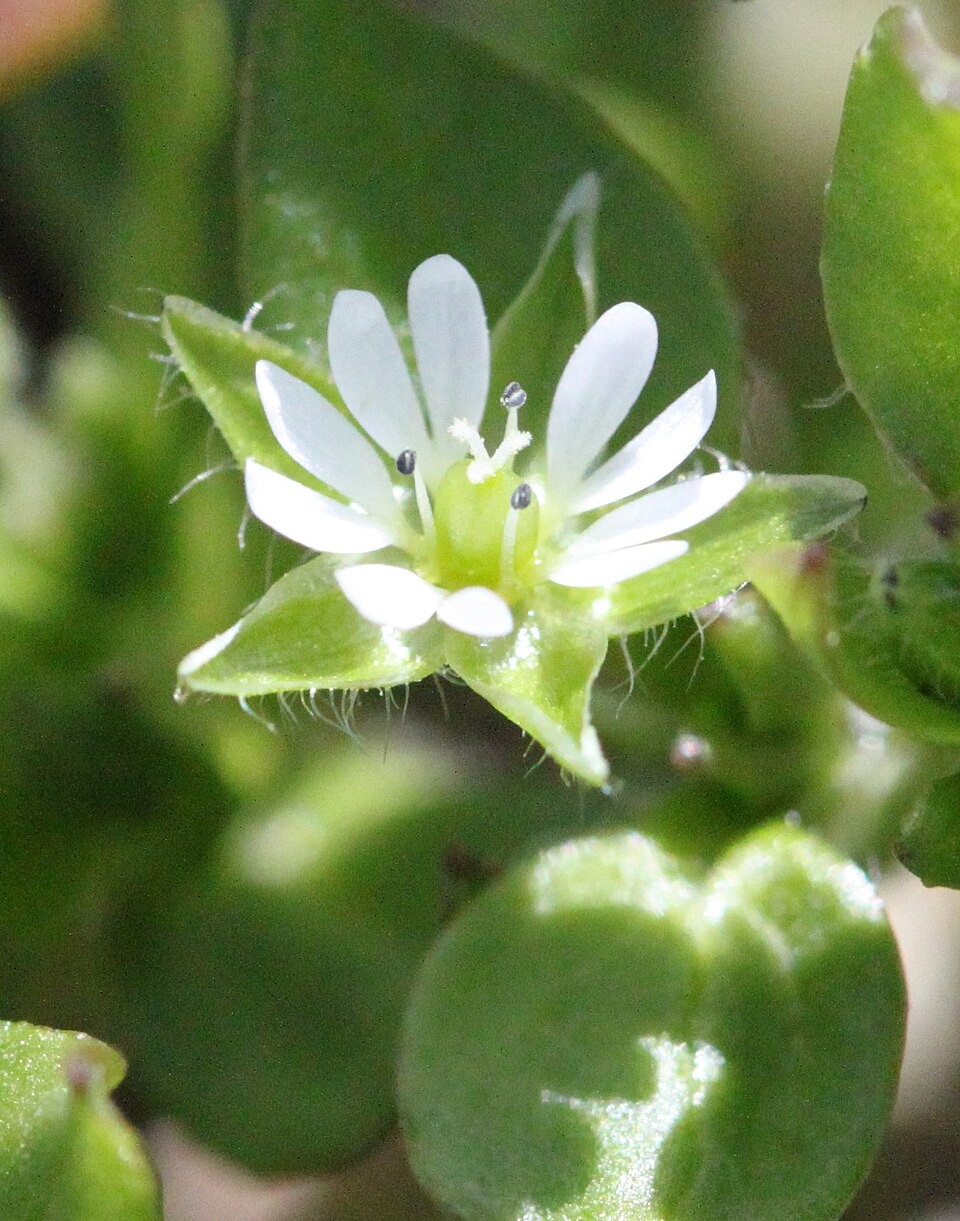
Chickweed (Stellaria media) – A delicate groundcover with tiny, star-shaped flowers, rich in vitamins and minerals. Traditionally used to ease inflammation or skin irritations, it’s great in salads or lightly cooked as a mild green. Look for its single line of hairs along the stem.
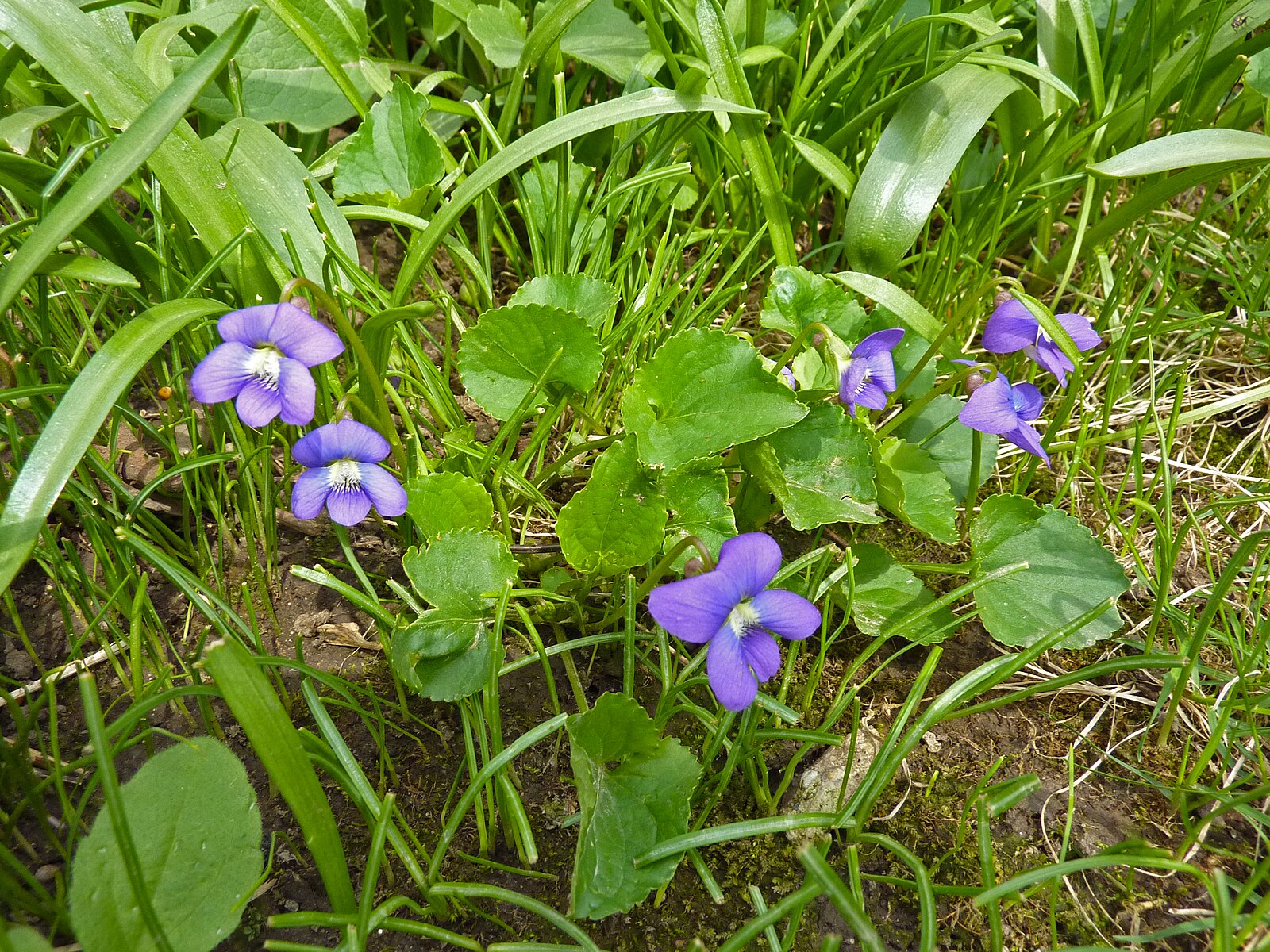
Violet (Viola sororia) – Its heart-shaped leaves and purple blossoms are more than pretty. Violet leaves, high in vitamins A and C, can be steeped in teas traditionally used to calm coughs or soothe sore throats. Check for its five-petaled flowers to avoid confusion with other low-growing plants.
For those exploring natural remedies, try simple herbal preparations at home (consult a healthcare professional before medicinal use):
- Infusions – Herbal teas that extract gentle plant compounds.
- Poultices – Mashed fresh leaves applied to the skin to reduce swelling or irritation.
- Tinctures – Alcohol- or glycerin-based extracts that preserve plant medicine for long-term use.
Always research dosage and safety before experimenting with medicinal applications.
Embracing Your Personal Pharmacy
Backyard foraging reconnects us to the land — transforming how we see our gardens and ourselves. By adding these edible weeds to your diet, you can boost nutrition, reduce food waste, and rediscover traditional plant wisdom.
A few reminders:
- Cross-reference plant identifications with multiple reputable sources.
- Avoid harvesting from polluted or chemically treated areas.
- Start small, and learn as you go — nature rewards patience and curiosity.
Disclaimer: Consult a healthcare professional before using plants for medicinal purposes, as some may cause reactions or interact with medications.
Your garden isn’t just a space to grow — it’s a living pharmacy waiting to be rediscovered. Step outside today and look again at the so-called weeds beneath your feet. The most powerful nourishment may have been there all along.
Master Gardener Tip
Start with one plant at a time. Study it, harvest it, taste it, and learn its life cycle. Foraging isn’t just about collecting — it’s about building a relationship with the plants that sustain us.

